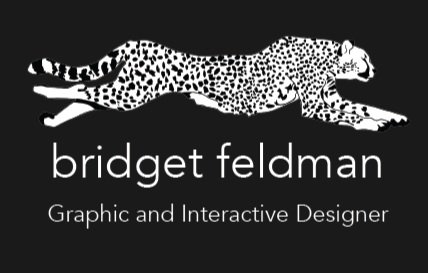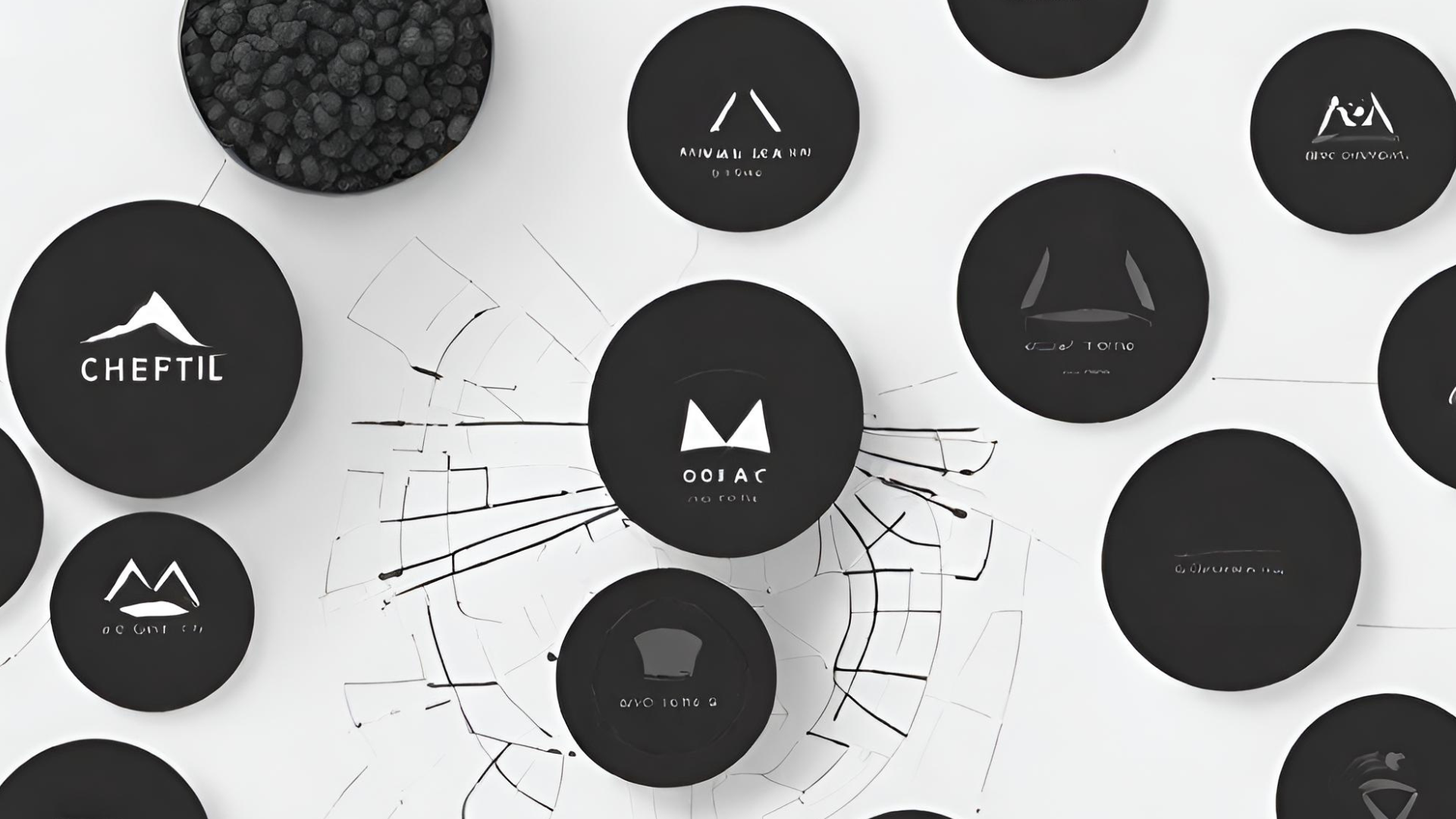What Makes a Good Logo?
AI generated image
Introduction:
When starting to create a unique and memorable logo, it is important to follow some steps and procedures so as to not create something that has already been designed or to create something that is not very appealing to your audience. You don’t want something that will subconsciously turn people away from your brand or product. In this blog, I’ll talk about the logo design process and some principles to get an effective logo.
Logo Design Process:
There are multiple steps you can look at when starting to look at the process of designing your logo. It is important to remember that this logo is not only an image slapped onto your products, but it is a visual representation of your brand that communicates to your audience. When designing a logo, there are eight general steps that a lot of designers take to ensure that all aspects of the logo are met and that it is designed to its fullest potential. The eight steps of the logo design process are design meetings, researching the industry, using reference logos, making sketches, trying to get fresh perspectives, making revisions, presenting the logo to the client, and finally delivering the files. These are steps you can take to make sure the process goes smoothly, and that the logo is something the client wants and also what the audience will appreciate.
Principles of Effective Logo Design:
Now that the logo design process has been covered, it is now time to understand what makes a good logo. "By following s that are the foundation of some of the world’s best logos, you’ll have a symbol that stands for something." Having your logo stand out and overall fulfill its effective role of embodying the brand can be found in these principles: simple, memorable, original, modern yet timeless, balanced, complementary, and versatile. When it comes to logos, simplicity is key. Making your logo simple, ensures a clear and immediate message to the audience. This also allows for your logo to be applied to many different platforms, sizes, and mediums. The simplicity principle also goes along with the versatility principle of making sure the logo works seamlessly across diverse platforms and other brand elements. Another important point in the list of principles is making sure the logo’s graphics and the typeface being used along with it are working together and complement each other, not distracting from one another. Finally, I think one of the most important principles is making sure your logo is original. Conducting research on the logos in your industry to identify patterns in order to consciously avoid mimicking or copying them for your logo to stand out.
Conclusion:
Crafting an effective logo is a journey that involves understanding your brand, embracing simplicity, ensuring memorability, striving for originality, finding the right balance m and timelessness, achieving visual harmony, and ensuring adaptability across contexts. By adhering to these principles and working with a skilled designer, you can create a logo that not only reflects your brand identity but also resonates with your audience, leaving a lasting imprint.
Hello! I’m Bridget Feldman
I am a graphic and interactive designer with an interest in public relations. I live around the Boston, Massachusetts area and would love to connect!


